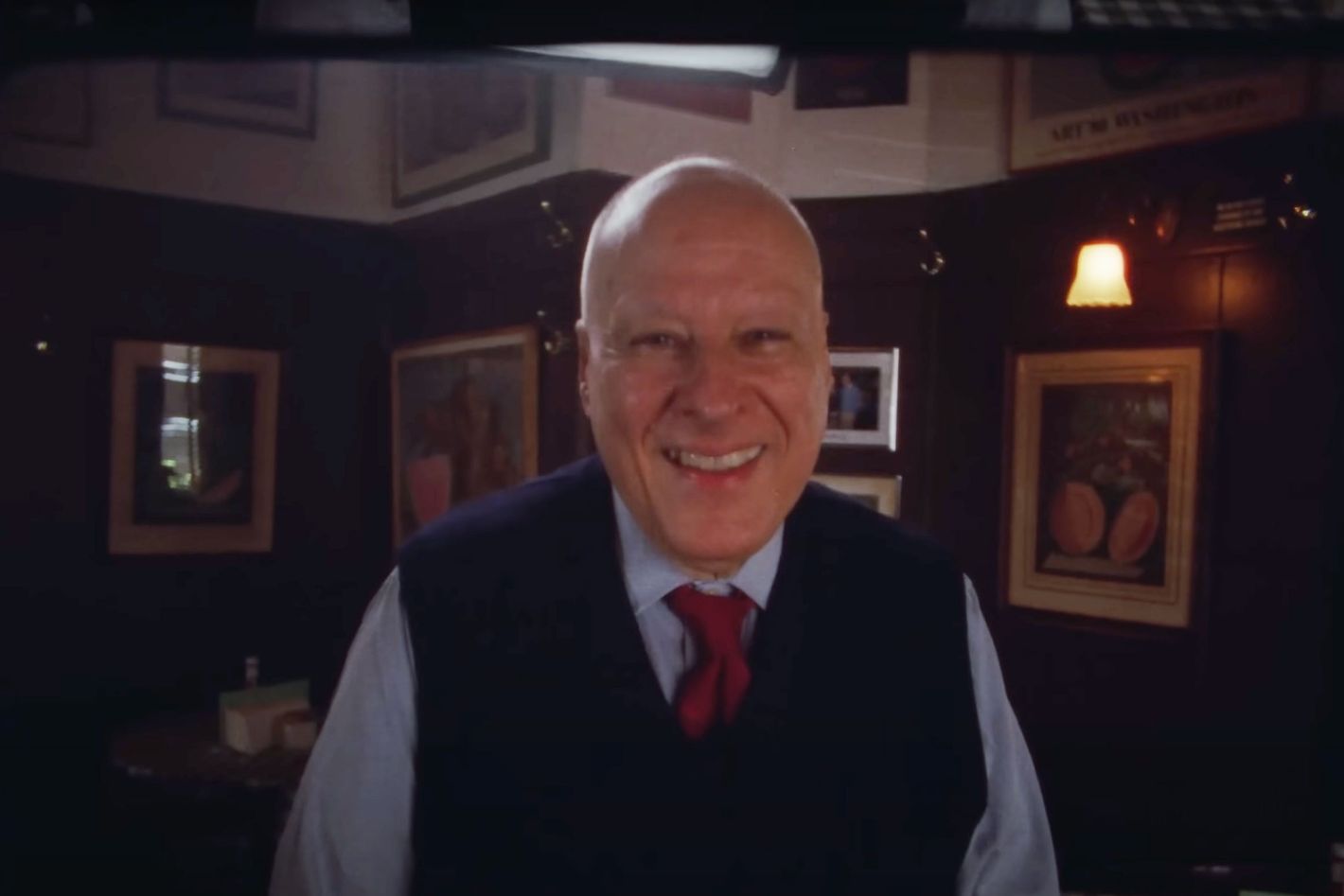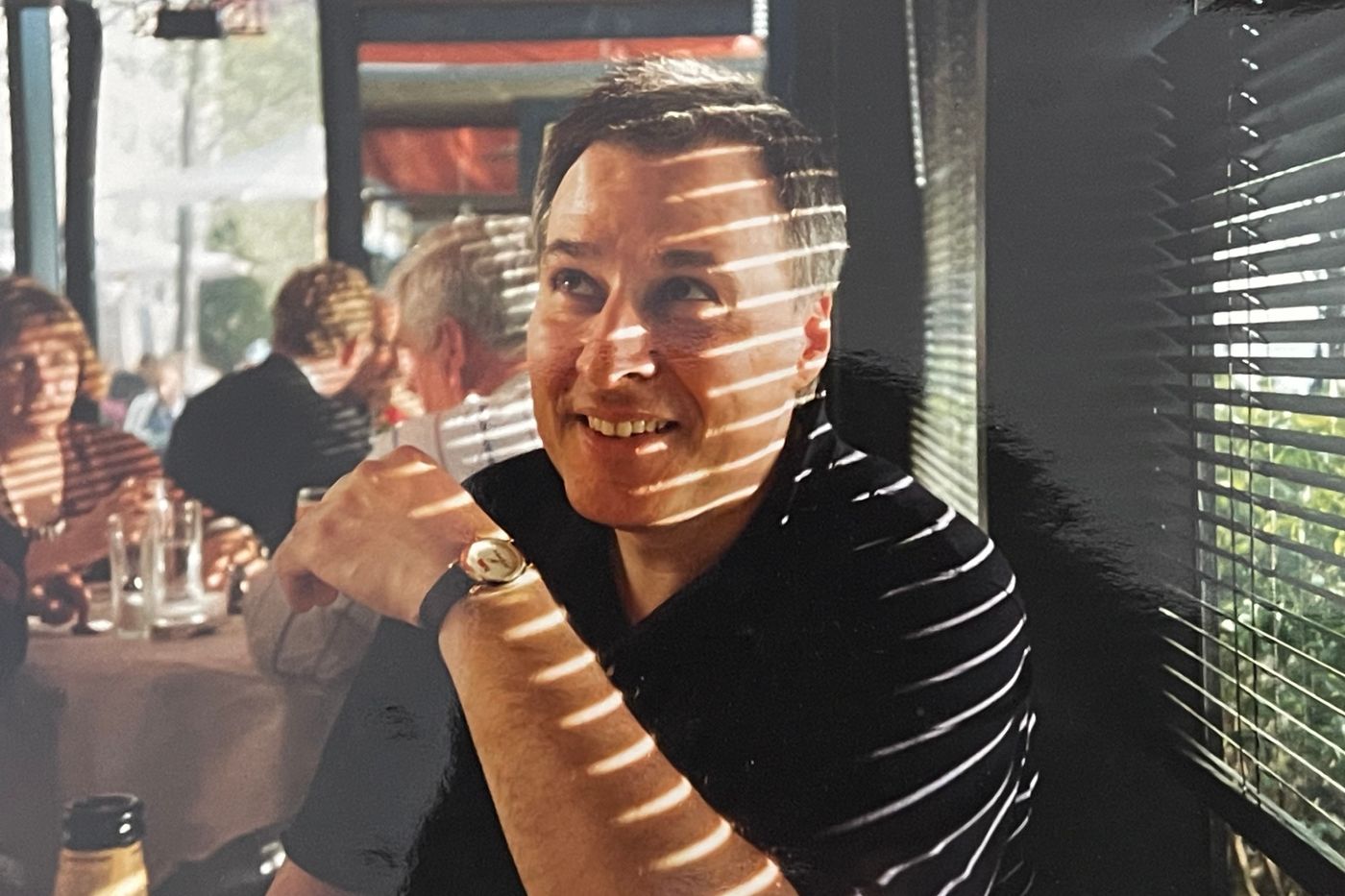when you want, where you want.
CJ Television
If You’ve Been to JG Melon, You Knew Bobby Torre
 Photo: Courtesy of @FirstWeFeast/youtube.com
Photo: Courtesy of @FirstWeFeast/youtube.com
There aren’t many New York pubs more famous than JG Melon. It’s most widely known for its burger, a tractor beam with a side of cottage fries for the throngs who’ve descended on the place over the years. But to the joint’s many regulars, the most famous thing about Melon’s, as it’s called, is its longtime host Robert “Bobby” Torre. “Yeah, they had the greatest burger in New York. But they had the greatest, what do you call him — maître d’? Not really. Host?” says George Ledes, who describes himself as a “relative newcomer” to the restaurant. (By which he means he started coming in the early ’80s.) “He was an institution. He really made that place tick.”
On April 7, Torre died at the age of 81 from natural causes. Services were held last week and, despite the short notice, according to Torre’s nephew Rob Valenti, drew hundreds of people, including friends who flew up from Florida, both a Protestant and Unitarian minister, and a Kramer impersonator. “You would walk down the street with him and he knew everybody. All the doormen. It would take forever just to get down the block because he chatted with everyone,” says Jaine O’Neill, whose late husband Jack O’Neill was one of Melon’s original owners.
Torre spent pretty much his whole life on the Upper East Side. Born on January 23, 1944, he was raised in the neighborhood, where his mother worked at the Mary Manning Walsh Home. Many customers at JG Melon knew him for decades, but none as long as his childhood friends Margie Saglimbene and Shaun Young, who both joined him at Melon. Saglimbene says they met in settlement clubs, which were started to offer social services to the poor. “We were street kids, we grew up poor,” says Young, adding that their group of friends became family as they got older. “He was just an exceptional person coming from where he grew up, I have to say that.”
At one point in the ’60s, Saglimbene was working at an Italian restaurant when she got “deathly ill” and was hospitalized. Torre covered her shifts until she could work again — he needed money, but he also had her back. “I have a photo of us from when we were in our 20s; he took me to the Copacabana,” she remembers. “It was my birthday and he bought me this little necklace. It was so cute. We were always very dear friends. We were never romantic in any way. But we were close.”
JG Melon opened in 1973 — a few years after the New York Times wrote “Upper East Side No Longer Dullsville to Young” — and Torre presided over the preppy hangout for half a century. Over time, he became a part of the place, as famous as the burgers or Bloody Bulls or green checkered tablecloths. On the walls are plaques for former employees and regulars who’ve passed away: “Harry Feldman ‘Harry the Hat,’” “Mac ‘The Best,’” “Steve’s Table.” One is for “Uncle Richie,” whose son, Richard Blum, was also a longtime regular before he moved upstate. “I started going there very early on, probably when it opened. I used to be there once a week. The days of Jack and George, the J and G of Melon’s,” Blum recalls. Despite his tenured status as a customer, Blum says Torre would make him wait for a table like everyone else: “He didn’t play favorites. You really couldn’t jump the list.”
 Photo: Courtesy of Rob Valenti
Photo: Courtesy of Rob Valenti
Torre was known to give customers lists of movies they should see or songs they should listen to. Famously, he managed the crowd with a “crumpled-up, folded-over piece of paper,” as one customer put it. Those who grew up going to the restaurant described him as someone who looked after them. “He definitely had almost like a fatherly or an uncle type of aura in the neighborhood,” says Valenti. Bridget O’Brian, another regular, shared on Instagram that one time on the way home from school, she was worried she was being followed. She went into Melon’s, frightened, and was escorted home by Torre. Dan Aguinaga is another neighbor who started going to Melon’s as a kid: “Bobby just made you really feel at home,” he says. “And he would always ask about you. He always remembered all the details from when you last told him.”
Some of those details were small. One Upper East Sider, who goes a half-dozen times a year, told me that she wasn’t on a personal-name basis with Torre. “But he was always there, and for some reason always made us wait longer to give us the ‘perfect table’ — which was indeed the perfect round table where you could see everything,” she says. “He must’ve known me to a certain extent, because Dijon always landed on the table when I sat, but he never asked for my name.”
Other details were big. When Aguinaga’s grandmother fell ill in 2009, Torre would ask after her. Later one night, Aguinaga and his uncle were with her at Sloan Kettering. She’d fallen asleep, and the doctors told them to get some sleep, too. “We didn’t want to go to sleep, and we knew Melon’s was open until 2:30,” he says. He remembers Torre — devoutly Catholic — sitting with them and sharing Bible readings. “I remember being touched and filled with optimism in a moment of sadness,” he says. “And it helped my uncle and I accept what was happening and sort of see it as a celebration of life.”
Torre became more religious as he got older, and acquaintances often said he could have become a priest. “Anytime he could step in and be supportive when people were in pain, he tapped into that part of himself,” O’Neill says.
“People from the neighborhood would go to see him just for advice,” Valenti adds. Torre was generous in material ways, as well: helping customers make connections in the restaurant or sending gifts. “I mean, I know nothing about his finances, but I’m sure he didn’t have any money when he left us, because he would constantly be taking people out to dinner and people that were in need,” Saglimbene says. “He spent his money on other people.”
O’Neill remembers a morning years ago, listening to a program on WOR where people were brought on to name certain songs. Torre was the guest and guessed the right tune after “three notes.” When he was asked how he knew it so quickly, he explained that the song was on the Melon’s jukebox. “He won a substantial amount of money and donated a good portion of it to the Bowery Men’s Mission,” she remembers.
That Torre was able to guess the song didn’t surprise her. She described him as a “walking encyclopedia,” someone who soaked up knowledge. Saglimbene thought of him the same way and says his wit stayed with him until the end: “When I went up to the hospital to see him, I was talking to him, and I said, ‘Bobby, you have the mind of an encyclopedia. It’s amazing,’” she says. “And he said, ‘But Margie, it’s down to a dictionary.’ He was so quick, you never knew what was going to come out.”
More Eating New York
All Rights Reserved. Copyright , Central Coast Communications, Inc.